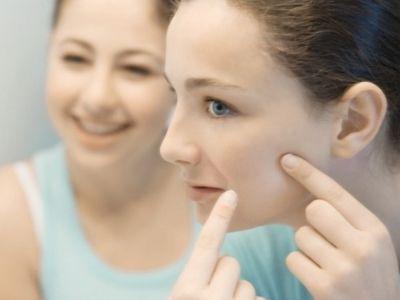When a wound is healing, fibroblasts try to produce collagen to repair damaged tissue. Interference with the collagen production process can lead to the formation of depressed or raised scars. The larger, deeper, or more disrupted the wound (e.g. by inflammation) during the healing process, the greater the likelihood of poor healing. Some people are more prone to depressed or raised scars due to congenital or genetic factors. This article mainly discusses raised scars, while the next article will discuss depressed scars.
There are two types of raised scars: hypertrophic scars and keloids. Keloids tend to form congenitally and are less common in Asians. Keloid scars extend beyond the original wound, expanding like tumors and increasing over time. Hypertrophic scars refer to scars that protrude more than surrounding skin. The reason is that fibroblasts are too active during wound healing, producing too much collagen and causing the scar to continue to grow, eventually becoming thick and reddish. Generally, scars stabilize within several months to a year or two, unlike keloids that continue to grow.
Raised scars are generally easier to treat and can be treated with corticosteroid injections, silicone sheets, pulsed dye laser, or fractional laser. Corticosteroid injections work quickly, usually showing significant results after one to several injections. However, the injection dosage and frequency need to be carefully controlled as excessive amounts can cause skin atrophy and microvascular proliferation. As for silicone sheets, they are generally available in pharmacies and are a relatively inexpensive option. However, the drawback is that they need to be applied for eight to ten hours or more a day, continuously for several months to see results, and can also cause itching of the wound. Lastly, lasers, which are generally 585-595nm, are particularly effective for newly formed red scars and have a longer-lasting effect. The downside is that they are relatively expensive and require multiple uses to reduce scarring. Additionally, fractional lasers are also effective in improving raised scars, with 1440nm or 1550nm fractional lasers being commonly used. Some people show more significant results, but the downside is that they are relatively expensive.
It is believed that everyone has a certain degree of understanding of raised scars, and each treatment has its advantages and disadvantages. If choosing treatment, it is best to consult a doctor!

